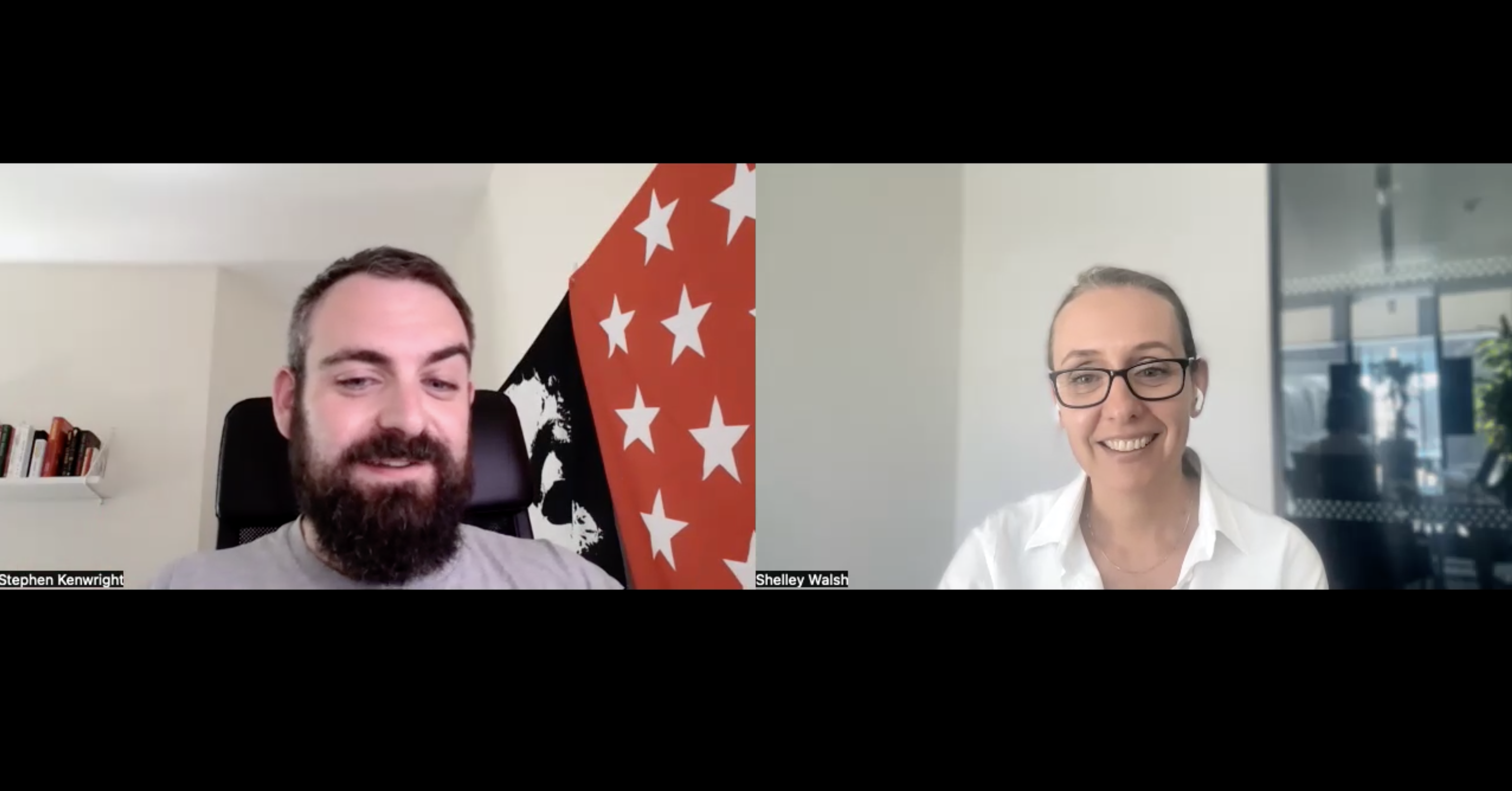A friend of mine is a project manager for a medium sized tech company, and in 2020, when George Floyd and Briona Taylor were murdered and Black Lives Matter protests were happening across the country, his company like so many organizations, responded to what appeared to be a growing recognition of racial inequity by white Americans by “investing in DEI” the hastily adopted acronym to group all diversity, equity and inclusion into a much more manageable corporate buzzword. The tech company, again, like many other organizations, didn’t know where these DEI roles would sit within the organizational chart. The roles shifted between the marketing team and the HR team. Other organizations added anti-racist language to their websites or had their boards go through two-hour DEI trainings where they looked at PowerPoint slides illustrating children of various heights needing different-sized steps to watch a baseball game.
There was a world where this was the start of meaningful change. Where leaders began the long process of evaluating how diverse their organizations were, how they distributed opportunities equitably and who had been historically excluded. They also undertook the even longer process of building systems that addressed the gap. However, that introspection would have required self-awareness, and the willingness to sit in discomfort and work on it would have taken time, consistency and follow-through. Instead of teasing out DEI’s distinct attributes, we compressed it to make it easier to process and digest.
That is how the acronym DEI became ideological without definition. And with this administration claiming that DEI is now illegal, exposing its misunderstanding even further, they have forced leadership across all organizations to either use time and resources to fight an ideological battle with the culture warriors emboldened by this administration or to stand behind an undefined ideal that they never understood or truly committed to in the first place. Consequently, uncommitted leaders are collapsing like dominoes.
Ditch DEI, not the values
So, it’s time to change course. We should no longer refer to DEI as an idea represented by an acronym but recognize the three distinct ideas that need to be understood and addressed. We need to communicate why each unaddressed issue poses a threat to and is the responsibility of all, especially leadership, and we must be consistent and persistent in identifying the gaps and calling for solutions to each.
For example, at the Sachs Foundation, our mission is rooted in equity. While we believe our work contributes to building a just, diverse and inclusive society, our core focus remains addressing the equity gaps that persist for Black Americans. By drilling down to the specificity of the mission, we can avoid the ideological debates about acronyms and carry out work that is fact-based and data-driven.
3 fundamental questions to move forward
Isolating equity from the acronym, we can ask some very fundamental questions: Should we strive for equity? Are we already equitable? And, if not, what can we do to be more equitable?
The first question is easy. Yes. Opportunities should be distributed fairly, and access to opportunities should not be determined by racial identity.
Are we already equitable? This is the question where most of the debate happens. Ed Blum successfully argued all the way to the Supreme Court that we live in a society that does not care about race and that saying anything different is what makes things unfair. But is that what the data says?
Centuries of chattel slavery, segregation, redlining, state-sponsored divestment and violence in Black communities all led to the massive wealth created in this country being deliberately distributed away from Black communities into white ones. And while someone like Blum might dismiss that as history, the ramifications are easy to measure today. Currently, more than 72% of white American families own their homes, while that number remains around 44% for Black families. Property ownership, being one of the most significant determinants of generational wealth, along with other policies, has led to median white households holding over $240k more in wealth than the median Black household.
This inequity in wealth leads to inequity in opportunity. Black undergraduate students leave school with $25k more student loan debt than their white peers. And yet, Blum’s complaint against Harvard and the University of North Carolina is that opportunities are equitably given, even when the percentage of incoming first-year students at the University of North Carolina who identify as Black dropped to 7.8% while the Black population of North Carolina is 20%.
That leads us to the final question: what can we do? At the Sachs Foundation, we invest in Black talent to eliminate those financial barriers to opportunity for Black Americans. However, while the work may look different for each organization, the imperative to continue it remains universal. Unless you disagree with one of the first two questions, you are morally bound to do something.
Accountability is key
Leaders do not need to spend time arguing about the ideologies of DEI, the acronym. They need to uphold their moral obligations and be held accountable when they fail to do so. We will likely make more progress if we stop discussing the acronym altogether and start debating the values. So, when an organization backs away from its DEI commitments, drop the acronym. Ask them: “The ‘I’ is inclusivity, so who do you feel like you would like to exclude from this organization,” or “D? You mean diversity? What about this diverse group makes you uncomfortable?” Or, like we will continue asking, “Why are we ok with keeping Black Americans from opportunities?” Make it uncomfortable. Force the discussion. Don’t allow quick answers. Require commitment.
Name those instances when you need to discuss equity. When those are done, start new discussions about diversity and then inclusivity. Anything we can do to clarify this complex acronym and simplify it will enable the commitment that leaders should have made years ago.
Opinions expressed by SmartBrief contributors are their own.
____________________________________
Take advantage of SmartBrief’s FREE email newsletters on leadership and business transformation, among the company’s more than 250 industry-focused newsletters.








